Water Curing: The Modern Grower’s Guide
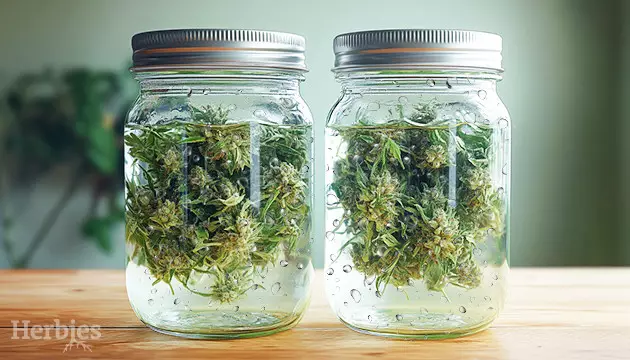
In this modern day and age, chemicals and pesticides are rife and time is limited thanks to our busy schedules. Luckily, when it comes to your cannabis stash, there’s a way to make both of these problems obsolete – a way that allows you to cure your bud in a fraction of the time while minimizing undesirable solids for a cleaner, smoother, and richer smoke.
This seemingly magical method is called water curing, and it delivers clean, freshly cured buds in a matter of days through a process called osmosis. To reap all the benefits and understand the risks involved too, read this water curing weed guide and give it a try!
What is Water Curing?

At this point, you’re probably itching to know how to water cure weed and what it is exactly. To put it simply, water curing dissolves all the undesirable substances on and in weed to make for an incredibly smooth smoke in very little time.
Water curing works on the same principle as traditional curing methods, such as air curing, in the sense that it aims to reduce salts, sugars, and additional nutrients. We do this because these additional compounds found on cannabis buds taste pretty bad and cause a rougher smoke that’ll make you cough up a storm!
The main difference is that the water curing method uses the process of osmosis to dissolve sugars, salts, nutrients, and pesticides. Then, every time you replace the water, all those dissolved substances are gone and you can enjoy cleaner weed without waiting for the plant to absorb them itself.
Remember, THC and CBD – all the good stuff – is not water-soluble, meaning that you don’t need to worry about your precious trichomes dissolving in the water.
The Pros
As an increasingly popular curing method, let’s go through some of the top reasons why using water to cure weed can work wonders:
- Extremely fast cure time of only 5-8 days.
- Higher level of cleansing, removing far more unwanted solids from the bud.
- Ultimately healthier bud due to better purity.
- More potent bud per gram.
- Simple process with no technical skill required.
- Increased smoking stealth due to lowered terpene content (aka less smell!).
The Cons
When it comes to water curing vs. air curing, there are a few reasons why you might choose to avoid this modern method:
- Some terpenes are dissolved in the process, affecting the taste and smell of the weed.
- Water-cured weed loses aesthetic qualities, making it less ideal for those wanting to sell.
- It can also have less bag appeal for sellers due to the darker color and reduced terpenes.
Water Curing vs. Air Curing

Now that you’ve weighed up the pros and cons of the water curing method, it’s worth comparing water curing vs. air curing before you make your final decision.
The main difference between these two methods that have the most appeal for growers enjoying their own stash is the massive difference in curing time. To compare, water curing has a maximum window of 5-8 days instead of the 10-18 days of air curing methods.
Water-cured weed also has less undesired solubles, making for a healthier smoke for the lungs. However, the upside of having patience and waiting out an air-cured stash is the preservation of all the terpenes.
So, if dank flavors and smells are everything to you, especially of the fruity variety, then air drying is your better choice. However, if you value your time, health, and weed potency the most, water curing is for you. Why not try both methods at once and compare the batches yourself?
How to Water-Cure Your Weed
Now for the good stuff: learning how to water-cure weed! In this water curing weed guide, you will learn two methods to cure your weed super-fast using water.
Equipment
All you’ll need to do this simple and fast curing method is:
- A jar, or jars, big enough to fit all your bud and a 1:4 ratio of bud to water.
- Fresh water, preferably bottled or reverse osmosis water.
- A thermometer or room temperature gauge.
- Your freshly harvested bud.
Classic Method
The classic water curing method is the simplest and only requires a daily change of water for the duration of the cure. If you’ve got your bud, jars, and water ready, let’s dive in!
- Step 1: Trim your buds by removing any stems and fan leaves. You can keep these for making hash or water-cure them too for a purer cannabutter.
- Step 2: Distribute your bud between your jars, allowing enough space for about four times the amount of water to be added later.
- Step 3: Make sure your water is at the ideal temperature, between 65-75°F (18-24°C).
- Step 4: Pour your water over the bud and fill the jars right to the top – the bud will float and should remain submerged.
- Step 5: Once done, place your jars out of sunlight and preferably in a cool dark area such as a cupboard or the garage.
- Step 6: Change your water daily, or more if you’re feeling ambitious. This will make space for more solids to be dissolved.
- Step 7: Monitor your water clarity and remove your buds when the water stays clear. This could be anywhere between 3-8 days.
- Step 8: Leave your buds out to dry.
Rapid Method
The classic water curing method is our recommended method, as it saves a ton of water. However, if you’re extremely pressed for time, you can water cure weed in less than 10 hours with this rapid curing method. Here’s how.
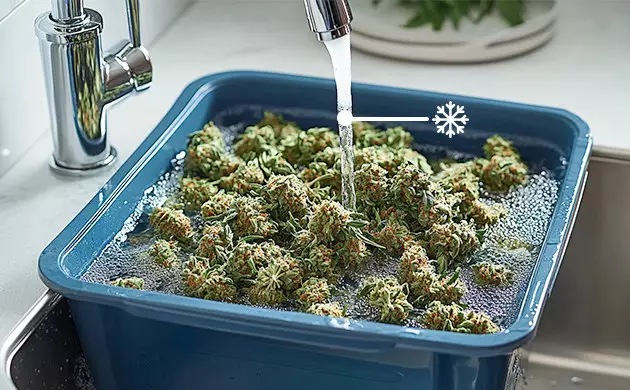
- Step 1: Trim your bud as usual. Less plant matter to cure will speed up the process.
- Step 2: Place all your bud in a large bowl.
- Step 3: Place this bowl under a constant stream of cool water, such as a running tap. Make sure the water is only pouring out and not blasting the bud, and that the water is not too cold, as that might cause damage.
- Step 4: Leave the water running over the bud for up to 10 hours.
- Step 5: Leave your buds out to dry!
How to Dry Buds After Water Curing
Once your buds are cured and ready to dry, you can dry them in a number of ways. The method you choose is important because water-cured weed holds more water than freshly picked buds. This makes them more prone to mold if they don’t dry well enough.
- Method 1: Lay your buds out on a fresh serviette and allow them to dry at room temperature. Turn the buds every 8 hours or so to avoid wet spots.
- Method 2: You can also dry your buds using the traditional hang-drying method. However, with water-cured buds, there won’t be much stem left to tie the string to.
- Method 3: Place your buds on a drying rack and allow the airflow to dry out your weed. This method is particularly good for reducing mold.
- Method 4: You can also use a food dehydrator to slowly dry out your weed. This method is the fastest and will dry your weed within hours!
Water Curing Marijuana: An Underrated Method
This curing method is not for everyone, but it’s definitely underrated by the modern marijuana grower. We hope this water curing weed guide has been helpful and that you give it a try this harvest season.
Although it may be a little different than the traditional air-drying method you’re used to, you won’t regret it when your newly harvested bud is cured like a finely aged whiskey in a matter of days!
Herbies Head Shop expressly refuses to support the use, production, or supply of illegal substances. For more details read our Legal Disclaimer.



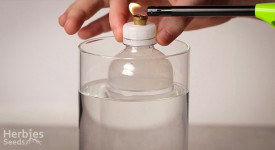
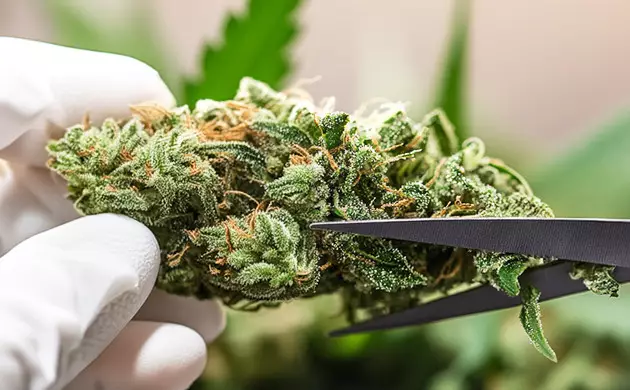
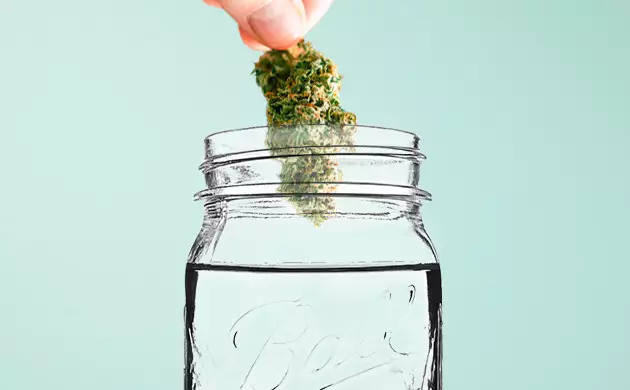

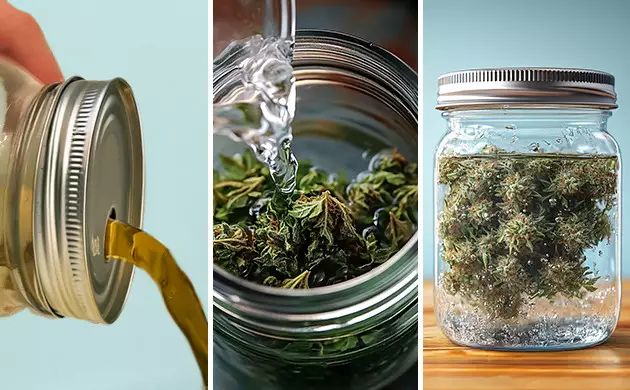
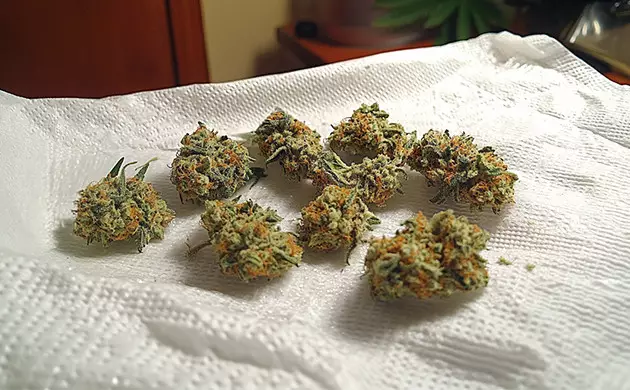


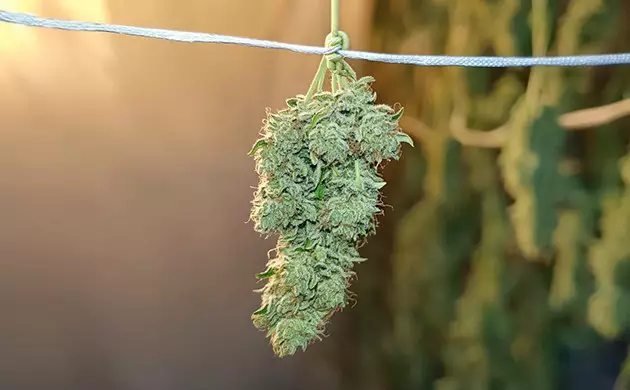







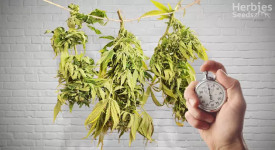
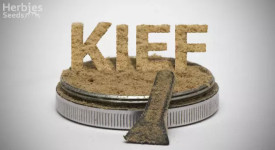



Thank you for leaving a comment for us!
Your feedback will be posted shortly after our moderator checks it.
Please note that we don’t publish reviews that: